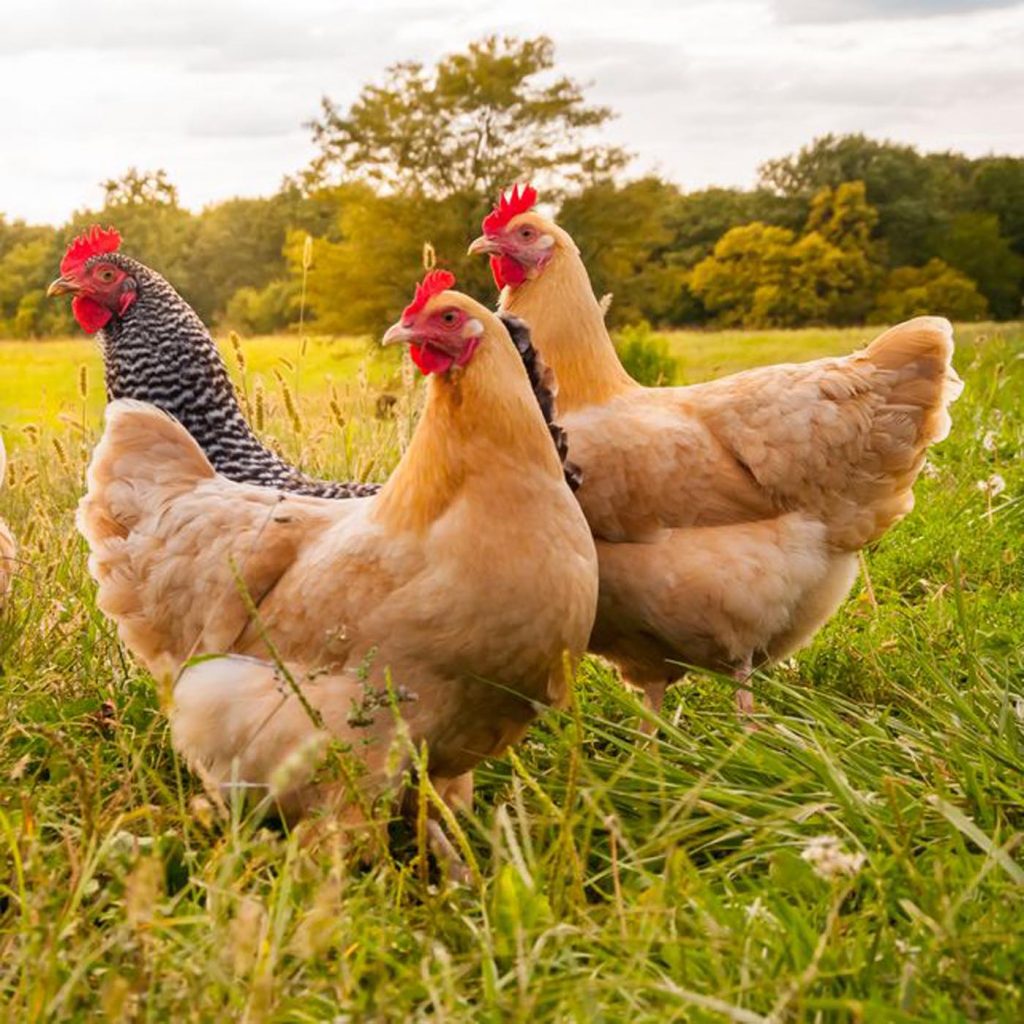How can a person who feels compassion for animals still eat them?
Two good friends take a weekend outing through idyllic countryside, driving slowly by green pastures with cows quietly grazing, they gaze endearingly as one coos with a jealous tinge, “I love how those cows are sooo peaceful and content.” Returning to town around midday, they nonchalantly waltz into a family restaurant and enjoy big, juicy hamburgers.
The above phenomenon has been dubbed the Meat Paradox—being fond of animals while regularly consuming their flesh. Elisa Aaltola0, tells us, “Research on it posits that it is caused and maintained particularly by six factors: Cognitive dissonance, dissociation, strategic ignorance, hedonism, custom and marginalization of empathy.” (“The Meat Paradox, Omnivore’s Akrasia, and Animal Ethics”)
In a first, a group of researchers in the UK reviewed all known surveys and literature up to May 2020. Their findings were summarized in 2021 in the Social Psychological Bulletin as “A Structured Literature Review of the Meat Paradox.” Here we share some of the basics. The full paper is available at bit.ly/meat-paradox.
Dissonance and Consonance
The meat paradox represents a form of cognitive dissonance, a term describing discomfort arising from a contradiction between one’s beliefs and behavior. For instance, in most US surveys meat-eaters expressed concern about animal welfare. The extent of discomfort varied according to the context. Sixty-seven percent were concerned about animals in research, 57% in zoos, and 54% in food production.
The study concluded that concern for animals is shared by most people. In fact, we empathize more with dogs than with adult humans. Nevertheless, 90 to 97% of people consume meat.
According to cognitive dissonance theory, the innate goal of humans is to achieve consonance, or compatibility between behavior and values. The strategies toward this end are of three types: 1) To adjust one’s values; 2) To change one’s behavior (also known as moral engagement); 3) To obscure the contradiction between one’s values and behavior (moral disengagement), such as not thinking about the animals one is consuming.




Since most meat consumers say they care about animals yet continue to eat meat, they are clearly not following strategy one: they do not change their values. And it is clear via statistics that the paradox does not lead them to completely change their behavior, though it does cause some to reduce meat consumption.
This leads to the conclusion that meat-eaters must be employing some form of moral disengagement (strategy three) to obscure the contradiction between meat-eating and their compassion toward animals. It is this pattern that perpetuates meat consumption.
Triggers
A trigger is a stimulus that arouses a sense of dissonance and may set in motion dissonance-reducing strategies. The UK review revealed two primary triggers: reminders of meat’s animal origins, and increased awareness of animal suffering. It also found limited support for three other triggers: 1) reminders of one’s own meat consumption; 2) reminders of the harm one’s meat consumption inflicts on animals; 3) exposure to vegetarians. The trigger most frequently mentioned in surveys was “reminders of meat’s animal origins,” such as seeing a photo of a animal one has consumed; or references to meat by its animal name, such as pig, cow or deer (rather than pork, beef or venison).
Additionally, people experience greater dissonance and disengage more when animals are described as “edible” versus “non-edible.” Meat-eaters also shared that they experience increased dissonance when exposed to socially threatening stimuli, such as being rejected or criticized for consuming flesh. Common ways that people reduce dissonance is to avoid triggers and to trivialize the harmful consequences of their behavior.




Breaking Out of the Paradox?
Engagement (the second strategy for consonance) describes encounters that increase one’s empathy with animals. Think of a child connecting with an adorable lamb at a petting zoo, as in “The Simpsons” cartoon (above right), and then being served lamb chops at dinner. Such engagement is a common cause of behavioral change, such as reducing meat, or becoming a vegetarian or vegan. However, surveys revealed that discomfort and willingness to reduce meat consumption waned after two weeks of engagement. This was due to two direct disengagement strategies: 1) decredibilization—denying the credibility of information; 2) trivialization—downplaying the behavior by comparing it to worse practices.
Disengagement is the predominant response to dissonance. The three most commonly observed disengagement strategies in relation to the meat paradox are as follows: 1) To deny that animals have positive qualities; 2) To reinforce the paradigm of the four “Ns”—meat is natural, necessary, nice and normal; 3) To deny or obscure the obvious harm meat-eating causes to animals.
The reviewed literature did not explore in depth how religious beliefs relate to the paradox, though some survey participants linked meat consumption to God’s abundant provision of food. Others emphasized ethical animal slaughter within Islam.
The authors of the UK review expressed hope that their efforts will inspire researchers to perform more rigorous studies to develop the meat paradox theory and facilitate necessary and positive social changes regarding meat consumption.
“Enough!”
In 2013, Brazilian toddler Luiz Antonio went viral after his mother recorded him explaining (bit.ly/LuisVeg) why he didn’t want to eat octopus gnocchi for lunch. The three-year-old started by trying to grasp how the “legs” ended up on his plate next to rice and potatoes, and what happened to the rest of it. \
“Is his head still in the sea?” Luiz asks his mom, who responds, “It’s at the fish market.” “The man chopped it?” Luiz asks. His mom then informs him that all animals we eat, even chickens, are chopped up, prompting the bold realization, “No! Those are animals!”
“So… when we eat animals they die!” a wide-eyed Luiz acknowledges. “Why do they die? I don’t like that they die. I like that they stay standing up… These animals—you gotta take care of them… and not eat them!”
After that epiphany, Luiz realizes his mom has been touched by his compassion. “Why are you crying?” he asks. “I’m not crying,” his mother responds. “I’m just touched by you.” “I’m doing something beautiful?” Luiz wonders aloud, prompting his mom to direct him back to the plate, “Eat! No need to eat the octopus, all right?”
According to a 2013 post at globalvoices.org, some people were inspired by the pure simplicity of the child’s argument and decided to adopt a meat-free lifestyle, such the friends with whom blogger Viviane Zandonadi shared the video. A food writer, she wondered about what she is going to do when her daughter starts to ask the same kind of questions: “I’m apprehensive. When my turn comes, if Cata questions the logic of the food chain, I have no idea what I will say. Luiz Antonio has overthrown my arguments.”
Writing for Acerto de Contas blog, Guilherme Carvalho hoped that other parents start to respect the sensitivity of their children, and stop resorting to lies or simplistic arguments to force kids to change their minds: “It is time we stopped deceiving our children and suppressing their feelings of compassion when they show no inclination to eat animals. Let’s respect and value this altruistic and compassionate stance. Having a vegetarian child is not a problem, and today there is extensive literature showing the potential health benefits of this option. Luiz Antonio’s video has left many people moved—and hopeful.”


